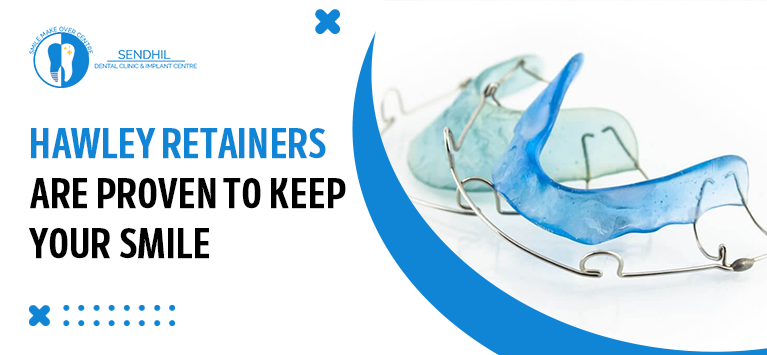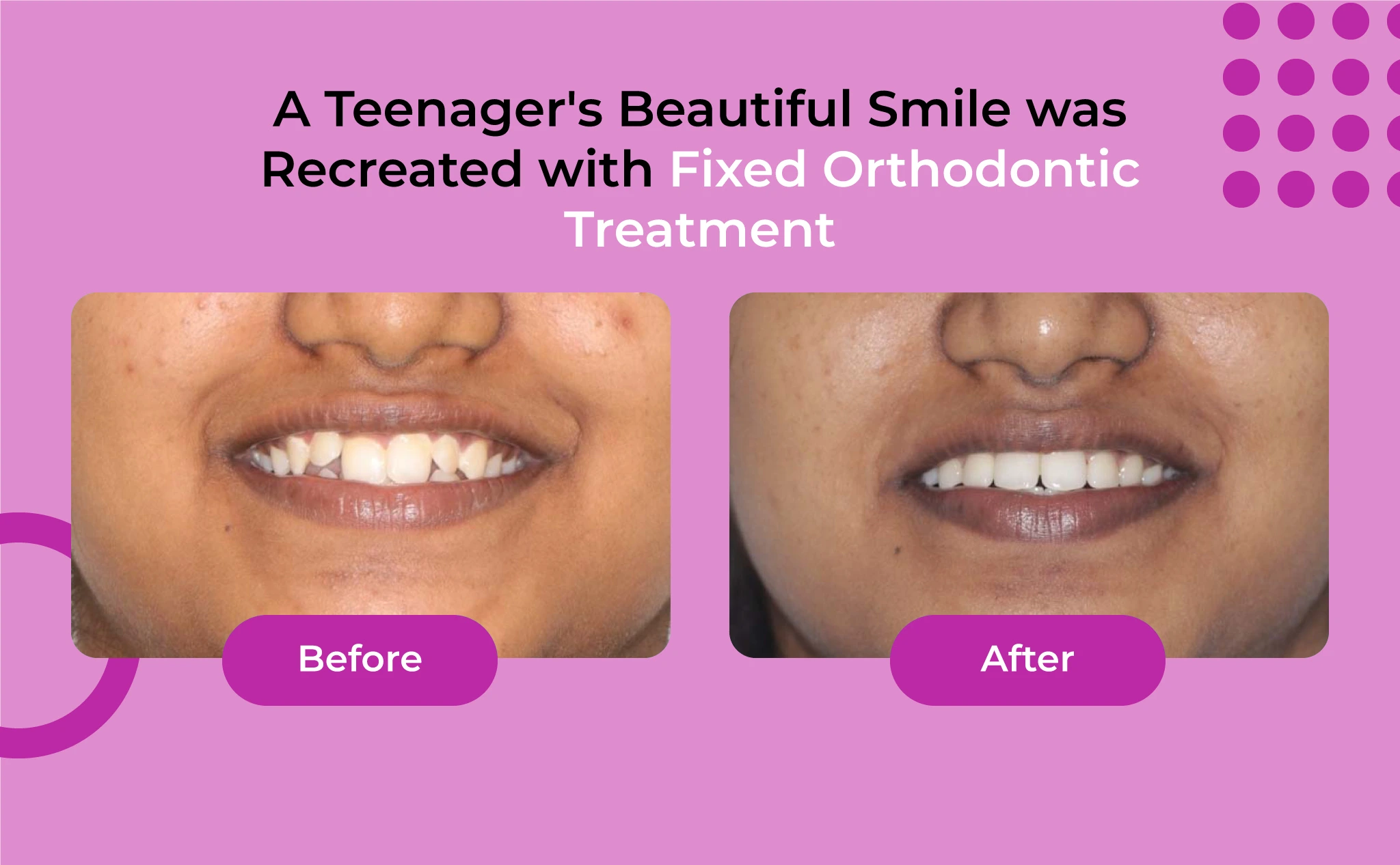
What molar bands are not telling you?
Molar bands, also known as Orthodontic bands are tiny rings that encircle the back molars during teeth straightening treatments. The molar bands are additional orthodontic appliances that are designed to provide extra support to the archwire so that the teeth can be effectively realigned. It is not mandatory for all orthodontic patients whereas it is recommended at particular criteria.
In earlier days, Orthodontists use the molar bands as a part of complex teeth alignment problems. Even though the appliance is replaced by a metal substance called buccal tube nowadays, some dentists provide molar bands as these bands are slightly more efficient.
Keep reading to know more facts about this orthodontic appliance unveiled by our dentists.
Table of Contents
When are molar bands required?
The orthodontic bands are made up of metal or stainless steel so that they can be easily integrated with a metal brace. Likely, it is easy to fit the band around a tooth. When an orthodontist detects a large gap between molar teeth to close, the band is put over the problematic teeth.
Similarly, the appliance is recommended for the following causes:
- Expanding upper jaw for kids
- Corrective jaw surgery
- As the molar bands can travel slightly underneath the gums, it is useful in treating teeth that are not fully grown.
- It is also prescribed for people who wear headgear to correct jaw growth.
How do dentists attach molar bands?
Whenever an orthodontist detects a patient’s teeth misalignment treatment should indulge molar bands during the evaluation stage, and an elastic separator is placed between the problematic molar teeth. Depending on the specific needs, a patient has to keep the spacer for a few days to separate the teeth so that the metal band can be placed easily.
Then dentists place molar bands around each tooth and bond it with a special cementing agent. The appliance does not trigger any pain but it is associated with mild discomforts like soreness around the teeth or gums. Don’t worry. Those complications subside once the oral tissues get used to the appliance.
Likely, the patients might sense some pain while having spacers. It happens the elastic separator pushes and moves the teeth hence that a certain degree of pain occurs. Such tenderness and pain can be mitigated with little effort from the patient’s side.
How can we deal with the pain brought on by braces molar bands?
The remedies our Orthodontists suggest to our patients to get relief from molar band pain are as follows:
- Take Over Counter (OTC) medications and pain relievers. Aside from alleviating pain, they help reduce inflammation as well.
- If you feel soreness in your gums and teeth, apply a topical oral pain reliever.
- If you sense pain due to cuts, or bruises in soft tissues around the metal bands, you should take action to prevent the appliance rub against the surrounding oral tissues like the gums and tongue. Applying a soft wax around the orthodontic band is the best course of action to do it.
- Take soft foods only until the appliance gets used to the mouth.
What are the pros and cons of wearing molar bands?
The orthodontic bands provide a solid anchor to the archwire. It implies that the molar bands can guarantee the orthodontic treatment’s success. The molar bands are sturdy hence that they will not loosen quickly. It means the frequent dental visits to tighten the appliance are dramatically reduced.
Moreover, the molar bands are designed in a way that allows the wearers to clean their teeth with no difficulties.
The major risk associated with an orthodontic band is, that it increases the risk of cavities. In general, the braces molar band treatment duration lasts 12 to 18 months. As the metal appliances encircle the teeth for a prolonged time, deposition of food debris and microbes is inevitable even though the teeth are brushed thoroughly.
By keeping such aftereffects in mind, orthodontists use a special bonding agent that contains fluoride as an active ingredient. It reduces the risk of developing cavities to a certain extent.
Bottom line
Orthodontic bands are used in combination with dental braces to straighten teeth and correct bites. It is recommended at times when dentists discover an additional appliance is required to close gaps in back molars. Even though it is made up of stainless steel, it will also break with a deep bite. Hence we recommend our patients avoid hard, crunchy foods while wearing molar bands.
Meanwhile, don’t try to remove the band yourselves because it leads to cracks in the bonding agent and is followed by loosening the band. Hence consult your orthodontist, if you want to remove the attached molar band.








